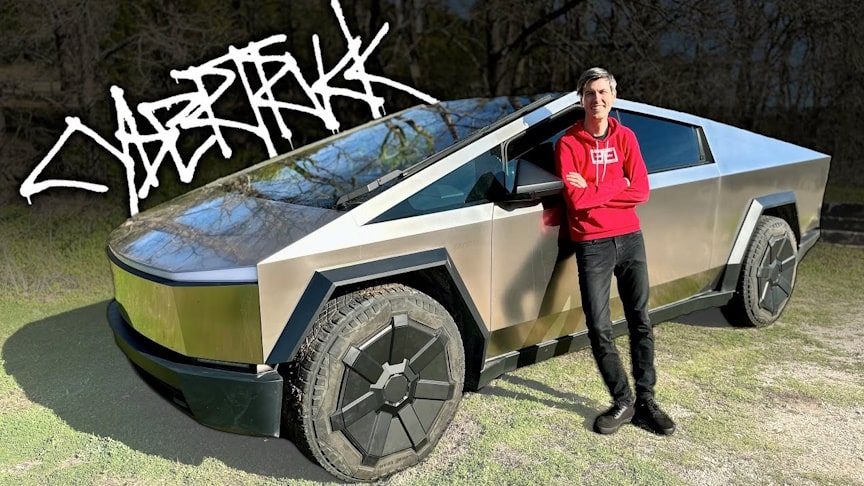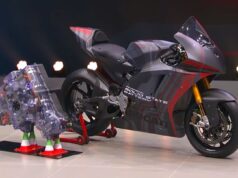Elon Musk lit the internet on fire when he announced the Cybertruck, and now, after deliveries have been make, that fire continues to burn. The world is hyped on Cybertruck – it’s the pickup reinvented! Or is it? We’ll deep dive into the engineering behind this truck, peeling back the layers to understand what matters, and just as importantly, what doesn’t.
source.image: Engineering Explained
Without a doubt, the Cybertruck has reignited passion into the EV space, something the Hummer EV attempted to do, which landed without quite the splash as the Cybertruck.
Tesla has said that they use a platform approach to the powertrain components—using only a single permanent magnet motor rotor/stator design, a single induction motor rotor/stator design, a single motor inverter design, and a single gear set design—for all three configurations of Cybertruck: tri-motor AWD, dual-motor AWD, and single-motor RWD delivering 845 hp on the tri-motor down to 315 hp (235 kW) in the single-motor version.
Advertisement
The dual-motor AWD version uses an induction motor on the front axle with a maximum output of 303 hp and a permanent magnet motor on the rear axle with a maximum output of 297 hp for a total power output of 600 hp. Sources also conflict on whether the stainless steel body handles load-bearing. The 300-series stainless steel panels have a thickness of 1.8 and 1.4 mm (0.071 and 0.055 in) for the doors and body.











